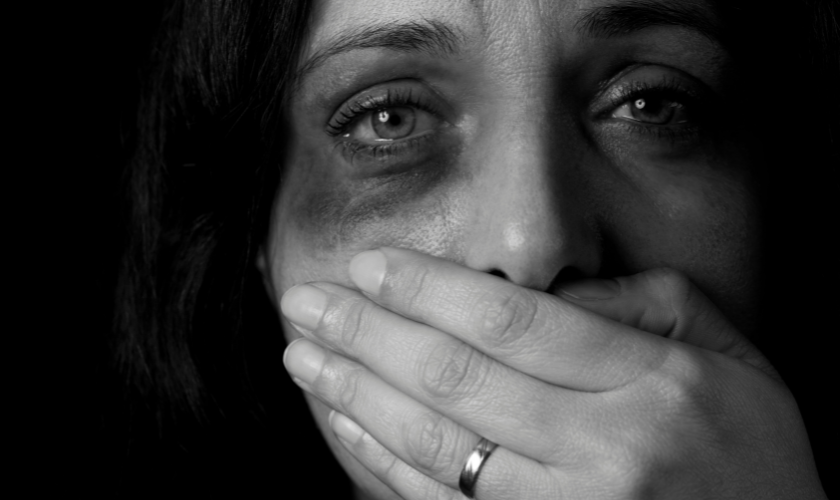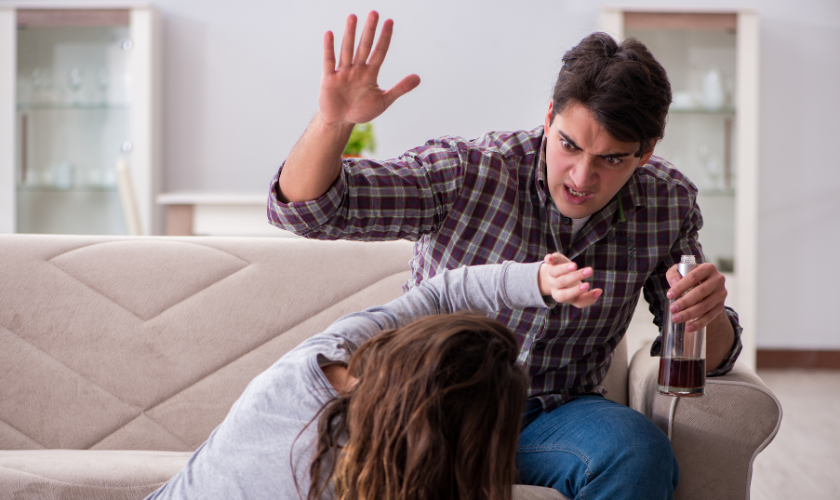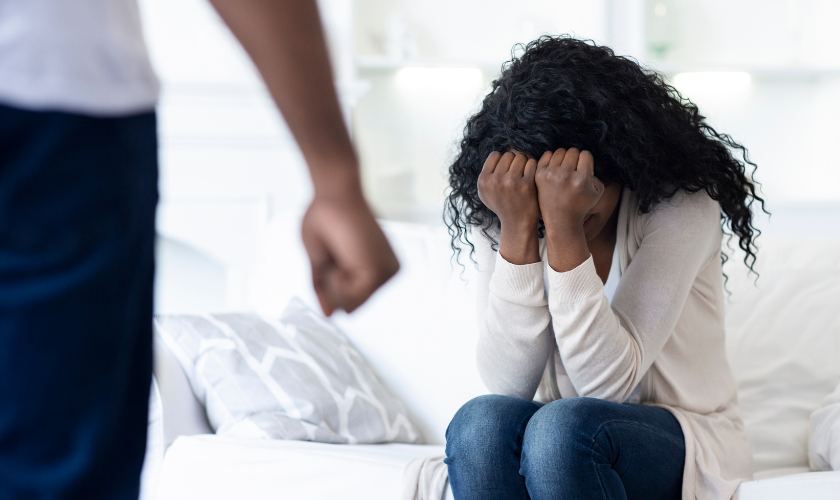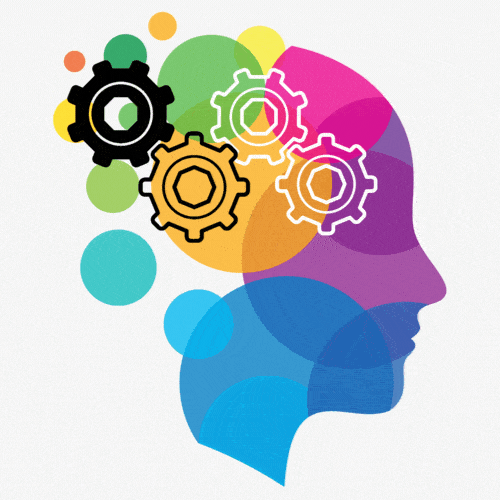In today's fast-paced world, finding moments of mindfulness can be a challenge. Embracing "The Power of Now"...

- Tension building: In this stage, tension and stress build up between the abuser and the victim. The victim may feel like they're walking on eggshells, trying to avoid triggering the abuser's anger.
- Incident or acute violence: This is when the actual abuse takes place. It may involve physical, emotional, verbal, or sexual violence, or a combination of these.
-
Reconciliation or "honeymoon" phase: After the abusive incident, the abuser may express remorse, apologize, or make promises to change. They might be affectionate or shower the victim with gifts, making the victim hopeful that things will improve.
- Calm or "honeymoon" phase: During this period, the abuser might seem genuinely committed to change, and the relationship appears to be improving. The victim may start to believe that the abuse is over.
In today's society, domestic violence remains a pervasive and complex issue, affecting countless individuals and families across the globe. Understanding the stages is crucial for victims, loved ones, and professionals to identify, intervene, and support those in need.
This blog post will discuss the steps of domestic violence, offering insights and strategies to navigate these difficult situations.

The first stage in the cycle of domestic violence is the tension-building phase, characterized by a gradual increase in stress and strain within the relationship. Victims may experience various negative emotions during this stage, such as fear, anxiety, and confusion. It is crucial to recognize the warning signs of this phase, which include:
Victims should be proactive in seeking help and support during this stage, as early intervention can prevent escalation into more severe forms of abuse like physical violence. If you or someone you know needs assistance, consider contacting a mental health professional or therapist through platforms like this.

In the second stage of domestic violence, the tension-building phase culminates in an acute battering episode(2). This stage involves abusive behaviors like physical abuse incidents, emotional abuse, and sexual abuse and may result in severe injuries or even death. Recognizing the signs of an acute battering episode by an abusive partner is crucial for the safety and well-being of the victim. These signs can include:
During a physically violent episode, the victim's priority should be to ensure their safety and the safety of any children involved. This may include calling the police, seeking medical attention, or leaving the abusive situation.

The third stage of the domestic violence cycle is the honeymoon phase, marked by calm and reconciliation following the acute battering episode. During this stage, the abuser may display remorse, make promises to change and engage in acts of kindness or affection. However, this phase is often a reprieve, and the cycle of violence is likely to continue unless appropriate action is taken.
Victims should not be lulled into a false sense of security during the honeymoon phase. Instead, they should use this time to develop a safety plan, gather resources, and seek professional help to break the cycle of violent behavior by their partner. (4)

To break free from the cycle of violence and abusive incidents, victims must be empowered with the knowledge, resources, and support necessary to make informed decisions and take action. Some critical strategies for empowerment and healing include:
Remember, help is available through various channels, including online therapy services. (5)

Understanding and accessing legal resources is essential in breaking free from the cycle of domestic abuse. In many jurisdictions, laws, and protections are in place to assist victims and hold abusers accountable. Some of the legal resources available include:

Recovering from domestic violence is not only about ensuring physical safety but also about healing emotionally and mentally. Self-care and mental health support are crucial components of this process. Some ways to prioritize self-care and mental health include:
Online therapy platforms like this one can be an accessible and convenient way to access mental health support from the comfort of your own home.
It's essential to recognize that domestic abuse is not just a personal issue but a public concern requiring collective effort from communities and society. By fostering awareness, promoting education, and advocating for policy changes, we can create a safer environment for all. Some ways that communities and culture can help combat domestic violence include:
To effectively prevent domestic violence, it's vital to address the underlying causes that contribute to its prevalence. Some key areas to focus on include:
By addressing these root causes, we can work towards creating a society free from violence, where everyone can live safely and without fear.

One of the most powerful ways to understand the impact of domestic violence and the journey toward healing is through the personal stories of survivors. These accounts offer valuable insights into the challenges faced, the resilience required, and the hope that emerges from overcoming adversity. By sharing their experiences, survivors not only empower themselves but also inspire and support others who may be facing similar situations.
Below are some resources where you can read or listen to domestic violence survivor stories:
Remember, when sharing or citing personal stories, it's crucial to respect the privacy and wishes of the individuals involved.
By amplifying the voices of survivors, we can foster understanding, empathy, and a sense of community, ultimately contributing to the collective effort to break the cycle of violence and domestic abusive behaviors.
Domestic violence is a complex and pervasive issue that impacts individuals, families, and communities worldwide. Victims can navigate toward safety and healing by understanding the stages of domestic violence, recognizing the warning signs, and seeking appropriate support. As a society, it's crucial that we raise awareness, promote education, and advocate for policy changes to address the root causes of domestic violence and create a safer environment for all.
Remember, help is available for those in need, including online therapy platforms offering convenient and accessible mental health support. Together, we can work towards a future free from domestic violence, where everyone can live a life of safety, dignity, and respect.
Some common warning signs of domestic violence include:
Controlling behavior: Your partner tries to control aspects of your life, such as your finances, social activities, or appearance.
Jealousy: Your partner is excessively jealous and possessive, often accusing you of being unfaithful without cause.
Emotional abuse: Your partner constantly belittles, humiliates, criticizes, or gives you the silent treatment, which lowers your self-esteem.
Isolation: Your partner isolates you from friends and family, making you dependent on them for support.
Threats and intimidation: Your partner uses threats or intimidation tactics to maintain control over you.
If you recognize these warning signs in your relationship, consider contacting a professional counselor or therapist for guidance and support.
In today's fast-paced world, finding moments of mindfulness can be a challenge. Embracing "The Power of Now"...
In our fast-paced world, finding moments of tranquility can be a challenge. Meditation apps offer a convenient...
In our fast-paced world, taking time for self-reflection and mindfulness is essential for well-being. Journaling can be...
In today’s fast-paced world, managing stress has become an essential aspect of maintaining overall well-being. Two popular...
Dissociation can be a challenging experience, especially the one that happens at work. Are you experiencing dissociation?...
Bionic reading transforms the reading experience for ADHD individuals by guiding the eyes for focus and understanding. Dive into the world of bionic reading.
Explore the complexities of postpartum depression and genetics in our blog 'Is Postpartum Depression Hereditary?' for insights into maternal mental health.
